Electronics-free DraBot uses air pressure, microarchitectures, and self-healing hydrogels to watch for changes in pH, temperature, and the presence of contaminants.
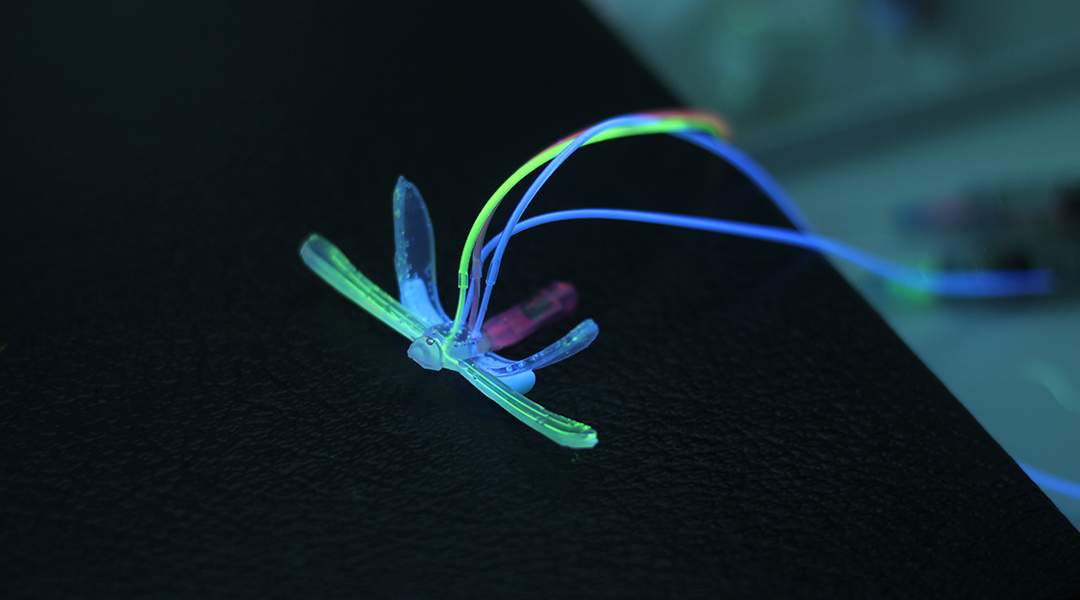

Electronics-free DraBot uses air pressure, microarchitectures, and self-healing hydrogels to watch for changes in pH, temperature, and the presence of contaminants.
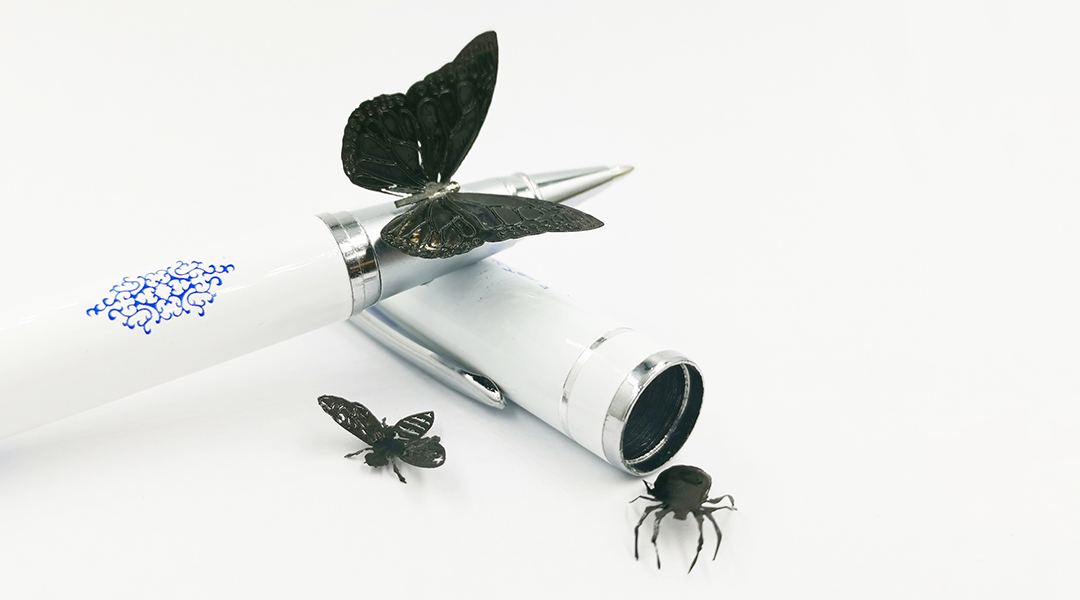
Researchers recreate the somatic nervous system in robots, allowing them to convert feeling into movement under different stimuli.

Thanks to ultra-thin sensors and artificial muscles, future flexible microelectronics will be able to take on complex shapes to better interface with delicate biological tissues without causing damage.
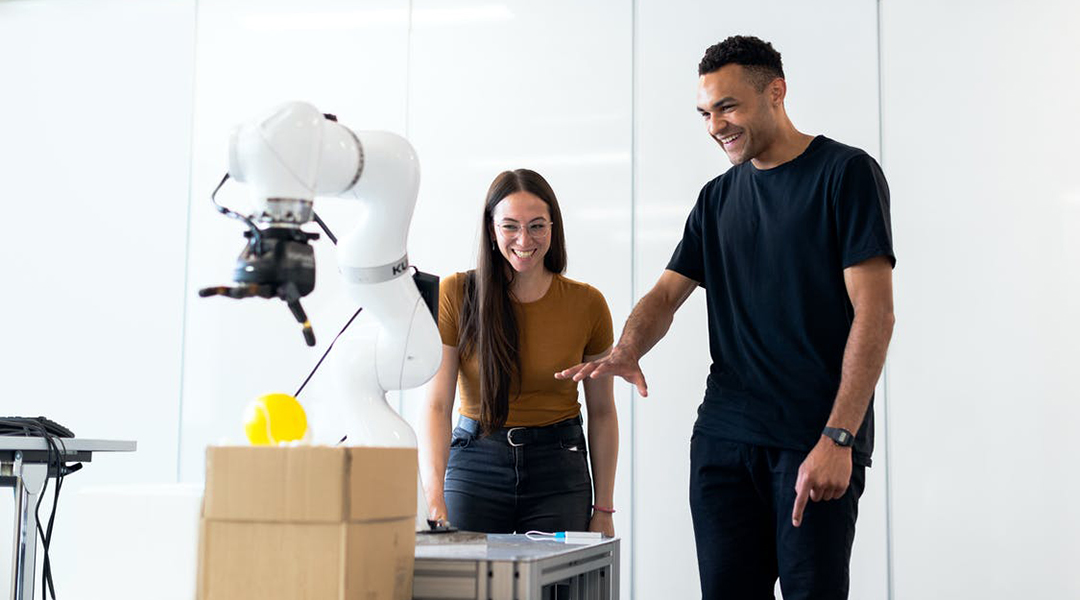
Building inclusive education systems will be key to ensuring no one is left behind and that advances in AI and robotics benefit everyone in society.
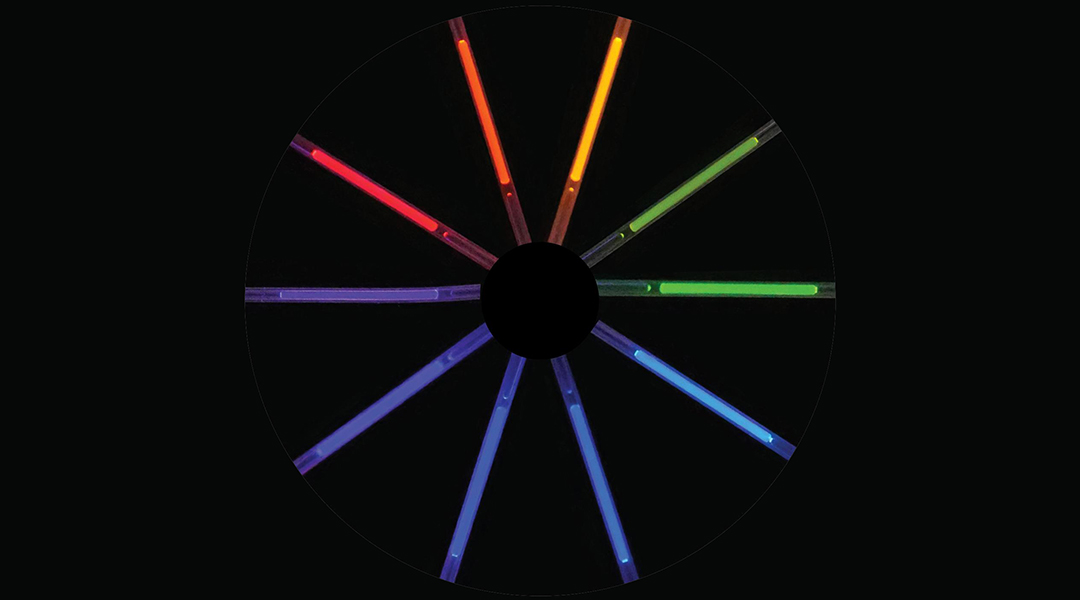
AI and robotics meet fluidics to accelerate materials development, allowing researchers to create quantum dots in under an hour.

A gelatin-based hydrogel allows researchers to create a flexible, remote controlled robot capable of squeezing through tight spaces.

By mixing sugar and magnetic particles, researchers create biodegradable “CANDYBOTS” with potential applications in drug delivery and ingestible devices.
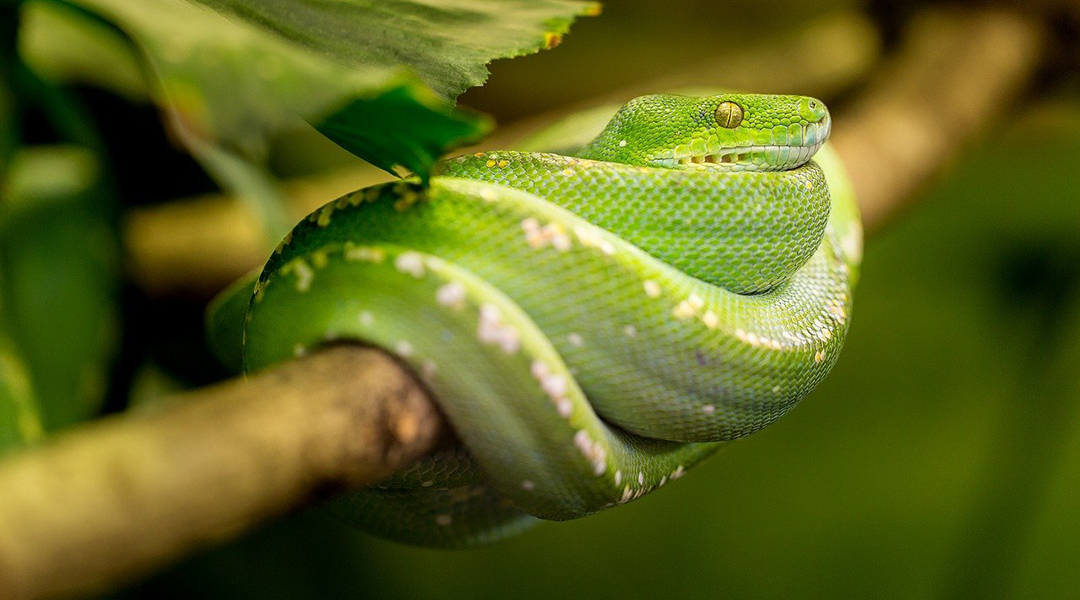
Researchers in Australia take inspiration from nature to create a soft-robotic gripper that moves away from the conventional hand-like design.

Scientists develop a simple method that mimics plant motion to get paper to fold itself after printing.

An active polymer skin that can be be reshaped on-demand takes existing technologies and adapts their functionalities to the needs of a changing environment.